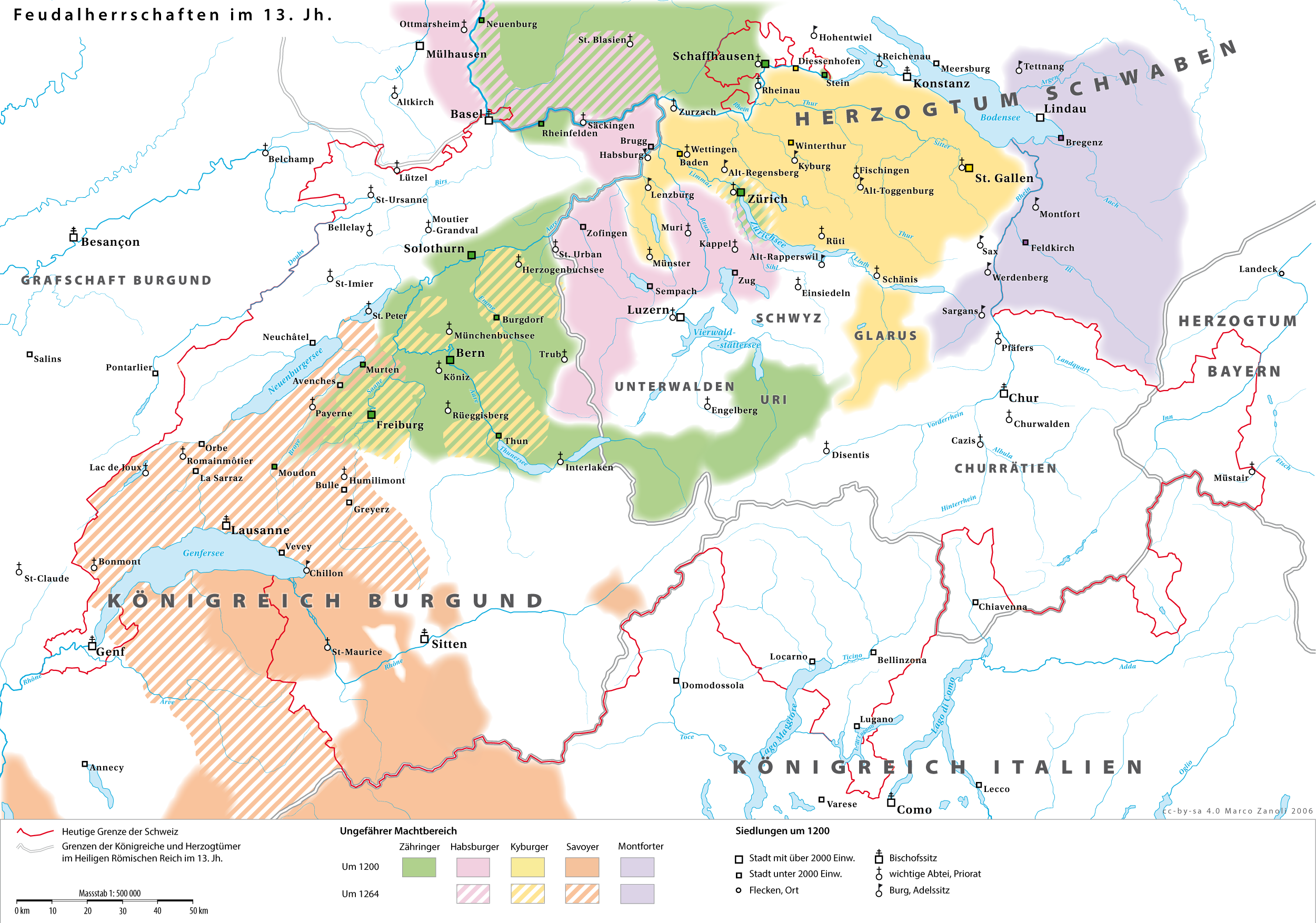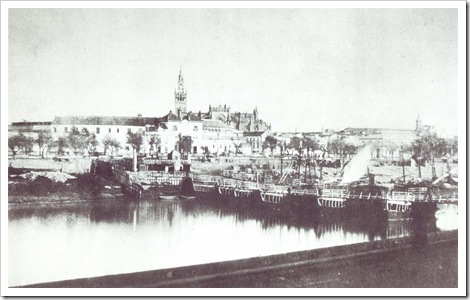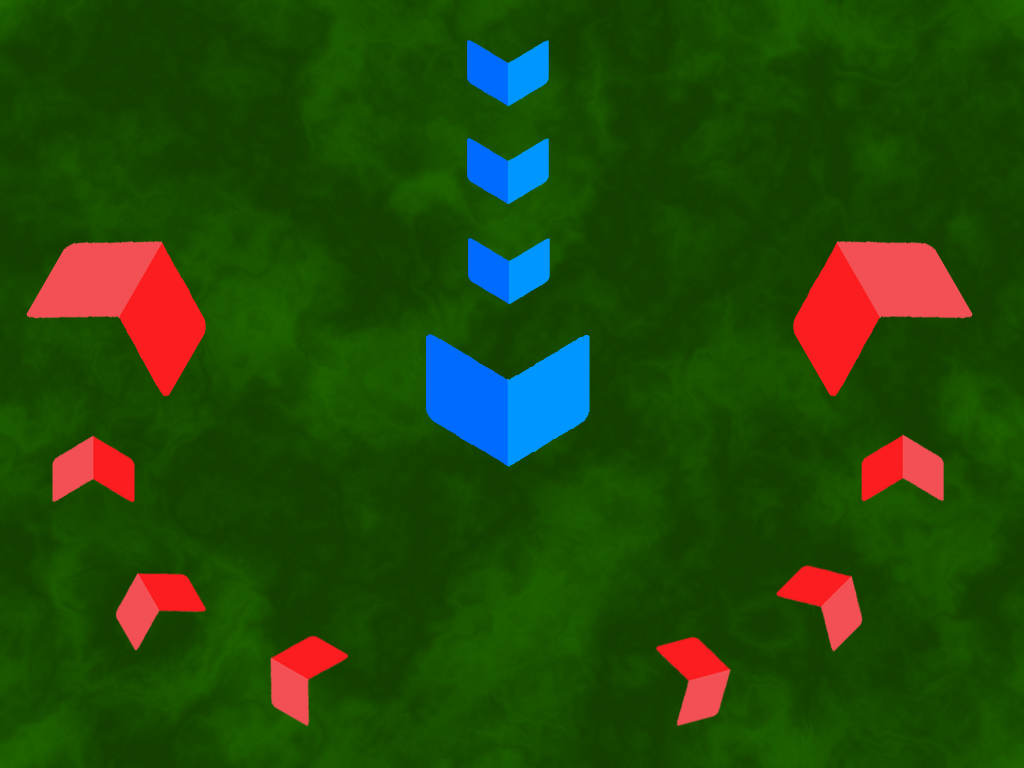|
Battle Of Lens
The Battle of Lens (20 August 1648) was the last major battle of the Thirty Years' War (1618-1648). A French force commanded by Louis II de Bourbon, Prince de Condé defeated a Spanish army under Archduke Leopold Wilhelm. The battle cemented the reputation of Condé as one of the greatest generals of his age. Over the four years following the decisive French victory at Rocroi against the Spanish Army of Flanders, the French captured dozens of towns throughout northern France and the Spanish Netherlands. Archduke Leopold Wilhelm was appointed governor of the Spanish Netherlands in 1647 to strengthen Spain's Habsburg alliance with Austria, and began a major counteroffensive the same year. The Spanish army first found success recapturing the fortresses of Armentières, Comines and Landrecies. The Prince de Condé was recalled from a failed campaign in Catalonia against the Spanish and appointed commander of the 16,000-man French army opposite the Spanish army of the Arc ... [...More Info...] [...Related Items...] OR: [Wikipedia] [Google] [Baidu] |
Archduke Leopold Wilhelm Of Austria
Archduke Leopold Wilhelm of Austria (5 January 1614 – 20 November 1662), younger brother of Emperor Ferdinand III, was an Austrian soldier, administrator and patron of the arts. He held a number of military commands, with limited success, and served as Governor of the Spanish Netherlands, before returning to Vienna in 1656. Despite being nominated as Holy Roman Emperor after Ferdinand's death in 1657, he stood aside in favour of his nephew Leopold I. His main interest was in art, and he patronised artists including David Teniers the Younger, Frans Snyders, Peter Snayers, Daniel Seghers, Peter Franchoys, Frans Wouters, Jan van den Hoecke and Pieter Thijs. His collection of 17th century Venetian and Dutch paintings are now held by the Kunsthistorisches Museum in Vienna. Life Born at Wiener Neustadt on 5 January, 1614, he was the sixth of seven children born to Emperor Ferdinand II (1578-1637) and his first wife, Maria Anna of Bavaria (1574–1616). His elder br ... [...More Info...] [...Related Items...] OR: [Wikipedia] [Google] [Baidu] |
Thirty Years' War
The Thirty Years' War, fought primarily in Central Europe between 1618 and 1648, was one of the most destructive conflicts in History of Europe, European history. An estimated 4.5 to 8 million soldiers and civilians died from battle, famine, or disease, while parts of Germany reported population declines of over 50%. Related conflicts include the Eighty Years' War, the War of the Mantuan Succession, the Franco-Spanish War (1635–1659), Franco-Spanish War, the Torstenson War, the Dutch-Portuguese War, and the Portuguese Restoration War. The war had its origins in the 16th-century Reformation, which led to religious conflict within the Holy Roman Empire. The 1555 Peace of Augsburg attempted to resolve this by dividing the Empire into Catholic and Lutheran states, but the settlement was destabilised by the subsequent expansion of Protestantism beyond these boundaries. Combined with differences over the limits of imperial authority, religion was thus an important factor in star ... [...More Info...] [...Related Items...] OR: [Wikipedia] [Google] [Baidu] |
House Of Habsburg
The House of Habsburg (; ), also known as the House of Austria, was one of the most powerful Dynasty, dynasties in the history of Europe and Western civilization. They were best known for their inbreeding and for ruling vast realms throughout Europe during the Middle Ages and early modern period, including the Holy Roman Empire and Habsburg Spain, Spain. The house takes its name from Habsburg Castle, a fortress built in the 1020s in present-day Switzerland by Radbot of Klettgau, who named his fortress Habsburg. His grandson Otto II, Count of Habsburg, Otto II was the first to take the fortress name as his own, adding "Count of Habsburg" to his title. In 1273, Count Radbot's seventh-generation descendant, Rudolph I of Germany, Rudolph, was elected King of the Romans. Taking advantage of the extinction of the Babenbergs and of his victory over Ottokar II of Bohemia at the Battle on the Marchfeld in 1278, he appointed his sons as Dukes of Austria and moved the family's power base ... [...More Info...] [...Related Items...] OR: [Wikipedia] [Google] [Baidu] |
Pontoon Bridge
A pontoon bridge (or ponton bridge), also known as a floating bridge, is a bridge that uses float (nautical), floats or shallow-draft (hull), draft boats to support a continuous deck for pedestrian and vehicle travel. The buoyancy of the supports limits the maximum load that they can carry. Most pontoon bridges are temporary and used in wartime and civil emergencies. There are permanent pontoon bridges in civilian use that can carry highway traffic; generally, the relatively high potential for collapse and sinking (e.g. due to waves and collisions) and high continuous maintenance costs makes pontoons unattractive for most civilian construction. Permanent floating bridges are useful for sheltered water crossings if it is not considered economically feasible to suspend a bridge from anchored Pier (architecture), piers (such as in deep water). Such bridges can require a section that is elevated or can be raised or removed to allow waterborne traffic to pass. Notable permanent pontoo ... [...More Info...] [...Related Items...] OR: [Wikipedia] [Google] [Baidu] |
Military Colours, Standards And Guidons
In military organizations, the practice of carrying colours, standards, flags, or guidons, both to act as a rallying point for troops and to mark the location of the commander, is thought to have originated in Ancient Egypt some 5,000 years ago. The Roman Empire also made battle Vexillum, standards reading SPQR a part of their vast armies. It was formalized in the armies of Europe in the High Middle Ages, with standards being emblazoned with the commander's coat of arms. General use Military colours originally had a practical use in battle. As armies became trained and adopted set formations, each regiment's ability to keep its formation was potentially critical to its success, and therefore its entire army's success. In the chaos of battle, due to the amount of dust and smoke on a battlefield, soldiers needed to be able to determine where their regiment was. Regimental flags are generally awarded to a regiment by a head of state during a ceremony. They were therefore t ... [...More Info...] [...Related Items...] OR: [Wikipedia] [Google] [Baidu] |
Pincer Movement
The pincer movement, or double envelopment, is a maneuver warfare, military maneuver in which forces simultaneously attack both flanking maneuver, flanks (sides) of an enemy Military organization, formation. This classic maneuver has been important throughout the history of warfare. The pincer movement typically occurs when opposing forces advance towards the center of an army that responds by moving its outside forces to the enemy's flanks to surround it. At the same time, a second layer of pincers may attack the more distant flanks to keep reinforcements from the target units. Description A full pincer movement leads to the attacking army facing the enemy in front, on both flanks, and in the rear. If attacking pincers link up in the enemy's rear, the enemy is encirclement, encircled. Such battles often end in surrender or destruction of the enemy force, but the encircled force can try to breakout (military), break out. They can attack the encirclement from the inside to ... [...More Info...] [...Related Items...] OR: [Wikipedia] [Google] [Baidu] |
Lorraine
Lorraine, also , ; ; Lorrain: ''Louréne''; Lorraine Franconian: ''Lottringe''; ; ; is a cultural and historical region in Eastern France, now located in the administrative region of Grand Est. Its name stems from the medieval kingdom of Lotharingia (855–959 AD), which in turn was named after either Emperor Lothair I or King Lothair II. Lorraine, originally the southern or "upper" part of this kingdom, came to be ruled by the Holy Roman Empire as the Duchy of Lorraine before the Kingdom of France annexed it in 1766. From 1982 until January 2016, Lorraine was an administrative region of France. In 2016, under a reorganisation, it became part of the new region Grand Est. As a region in modern France, Lorraine consisted of the four departments Meurthe-et-Moselle, Meuse, Moselle and Vosges (from a historical point of view the Haute-Marne department is also located in the region), containing 2,337 communes. Metz is the regional prefecture. The largest metropolitan area ... [...More Info...] [...Related Items...] OR: [Wikipedia] [Google] [Baidu] |
Walloons
Walloons ( ; ; ) are a Gallo-Romance languages, Gallo-Romance ethnic group native to Wallonia and the immediate adjacent regions of Flanders, France, Germany, Luxembourg and the Netherlands. Walloons primarily speak ''langues d'oïl'' such as Belgian French, Picard language, Picard and Walloon language, Walloon. Walloons are primarily Catholic Church, Roman Catholic, with a historical minority of Protestantism which dates back to the Reformation era. In modern Belgium, Walloons are, by law, termed a "distinctive linguistic and ethnic community" within the country, as are the neighbouring Flemish people, Flemish, a Germanic peoples, Dutch (Germanic) speaking community. When understood as a regional identification, the ethnonym is also extended to refer to the inhabitants of the Walloon region in general, regardless of ethnicity or ancestry. Etymology The term ''Walloon'' is derived from ''*walha'', a Proto-Germanic term used to refer to Celtic languages, Celtic and Latin speake ... [...More Info...] [...Related Items...] OR: [Wikipedia] [Google] [Baidu] |
Charge (warfare)
A charge is an offensive maneuver in battle in which combatants advance towards their enemy at their best speed in an attempt to engage in a decisive close combat. The charge is the dominant shock attack and has been the key tactic and decisive moment of many battles throughout history. Modern charges usually involve small groups of fireteams equipped with weapons with a high rate of fire and striking against individual defensive positions (such as a concertainer or bunker), instead of large groups of combatants charging another group or a fortified line. Ancient charges It may be assumed that the charge was used in prehistoric warfare, but clear evidence only comes with later literate societies. The tactics of the classical Greek phalanx included an ordered approach march, with a final charge to contact. Highland charge In response to the introduction of firearms, Irish and Scottish troops at the end of the 16th century developed a tactic that combined a volle ... [...More Info...] [...Related Items...] OR: [Wikipedia] [Google] [Baidu] |
Lens (France)
Lens (; ) is a city in the Pas-de-Calais department in northern France. It is one of the main towns of Hauts-de-France along with Lille, Valenciennes, Amiens, Roubaix, Tourcoing, Arras and Douai. The inhabitants are called ''Lensois'' (). Metropolitan area Lens belongs to the intercommunality of Lens-Liévin, which consists of 36 communes, with a total population of 242,000. Lens, along with Douai and 65 other communes, forms the agglomeration ('' unité urbaine'') of Douai-Lens, whose population as of 2018 was 504,281.Comparateur de territoire INSEE, retrieved 20 June 2022. History Lens was initially a fortification from the Norman invasions. In 1180, it was owned by the |
Ypres
Ypres ( ; ; ; ; ) is a Belgian city and municipality in the province of West Flanders. Though the Dutch name is the official one, the city's French name is most commonly used in English. The municipality comprises the city of Ypres/Ieper and the villages of Boezinge, Brielen, Dikkebus, Elverdinge, Hollebeke, Sint-Jan, Vlamertinge, Voormezele, Zillebeke, and Zuidschote. Together, they are home to about 34,900 inhabitants. During the First World War, Ypres (or "Wipers" as it was commonly known by the British troops) was the centre of the Battles of Ypres between German and Allied forces. History Origins Ypres is an ancient town, known to have been raided by the Romans in the first century BC. It is first mentioned by name in 1066 and is probably named after the river Ieperlee on the banks of which it was founded. During the Middle Ages, Ypres was a prosperous Flemish city with a population of 40,000 in 1200 AD, renowned for its linen trade with England, which w ... [...More Info...] [...Related Items...] OR: [Wikipedia] [Google] [Baidu] |
Governor Of Luxembourg
The following is a list of governors of Luxembourg. From the 15th to the 19th centuries, the Duchy (later Grand-Duchy) of Luxembourg was ruled by the French, the Burgundians, the Spanish and Austrian Habsburgs, and the Dutch. From 1848 onwards, when Luxembourg received its first constitution, it started to be administered by a government in the modern sense of the word, one which was accountable to an elected Luxembourgish legislature. See also * List of prime ministers of Luxembourg References {{DEFAULTSORT:Governors of Luxembourg Luxembourg Luxembourg, officially the Grand Duchy of Luxembourg, is a landlocked country in Western Europe. It is bordered by Belgium to the west and north, Germany to the east, and France on the south. Its capital and most populous city, Luxembour ... Luxembourg history-related lists ... [...More Info...] [...Related Items...] OR: [Wikipedia] [Google] [Baidu] |








